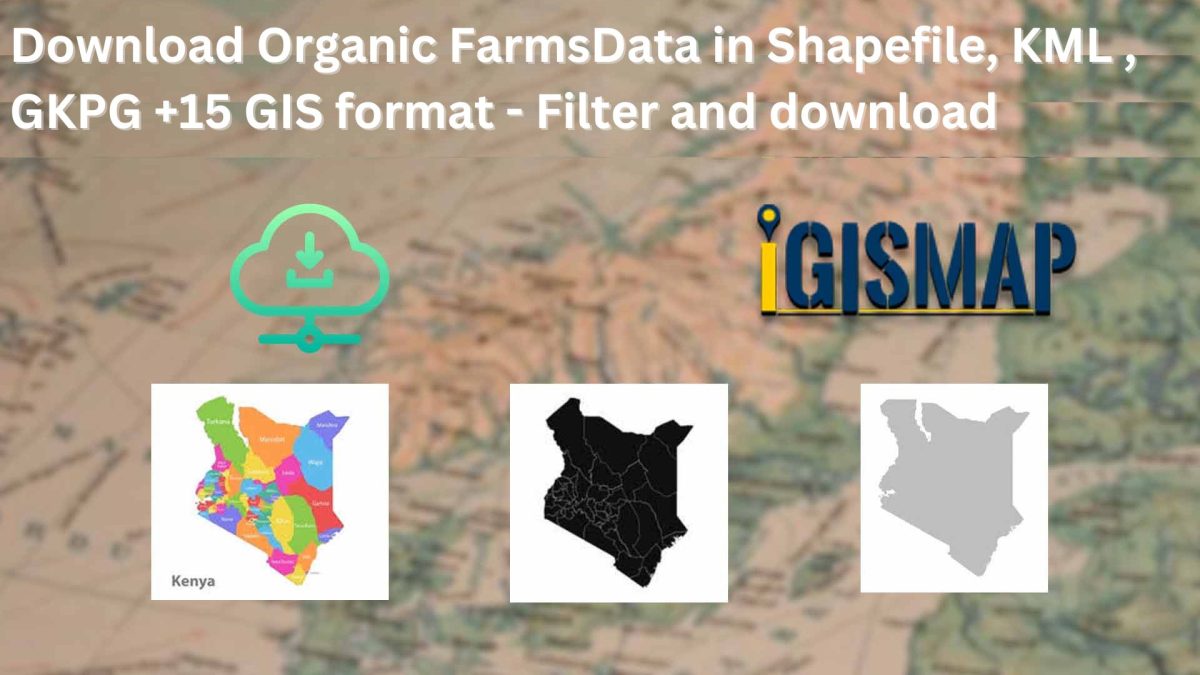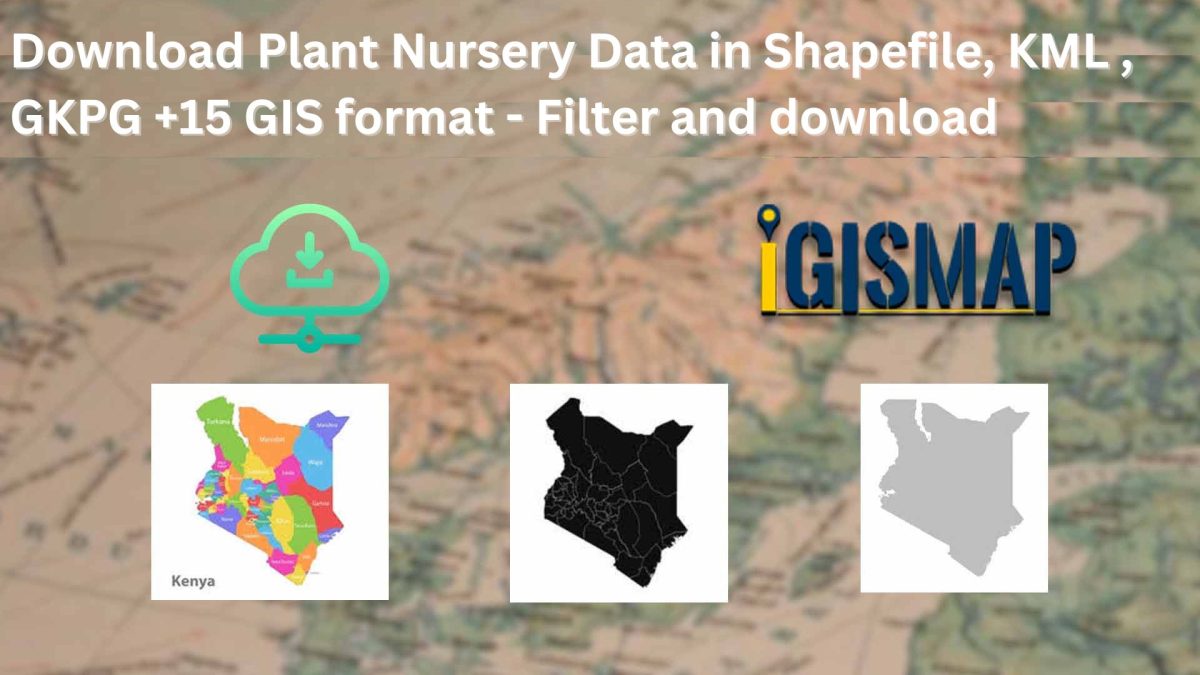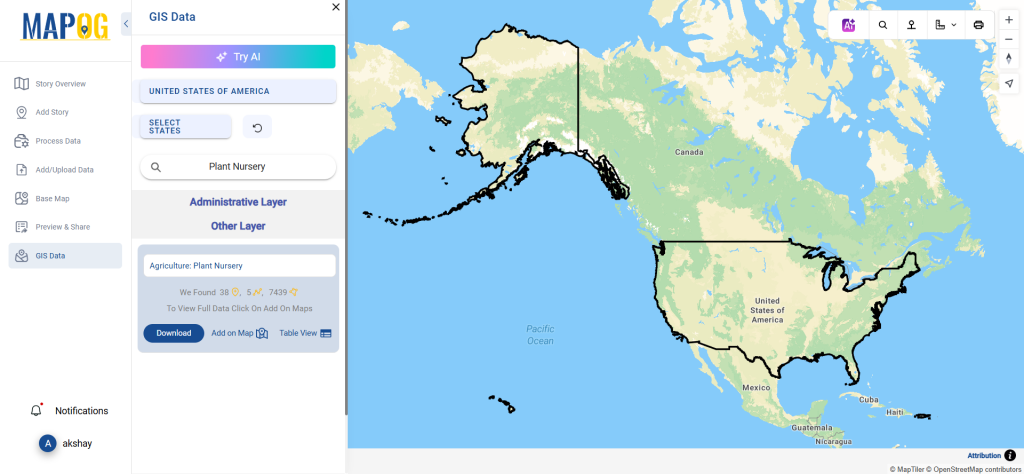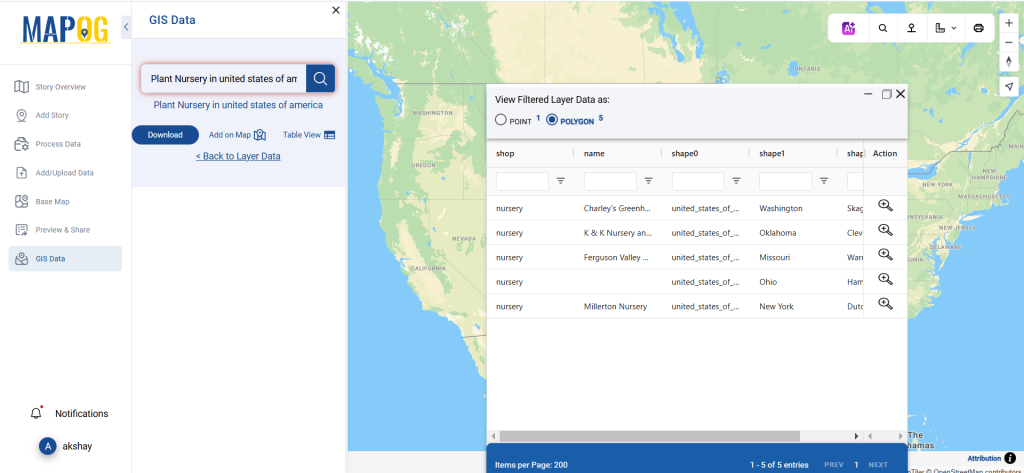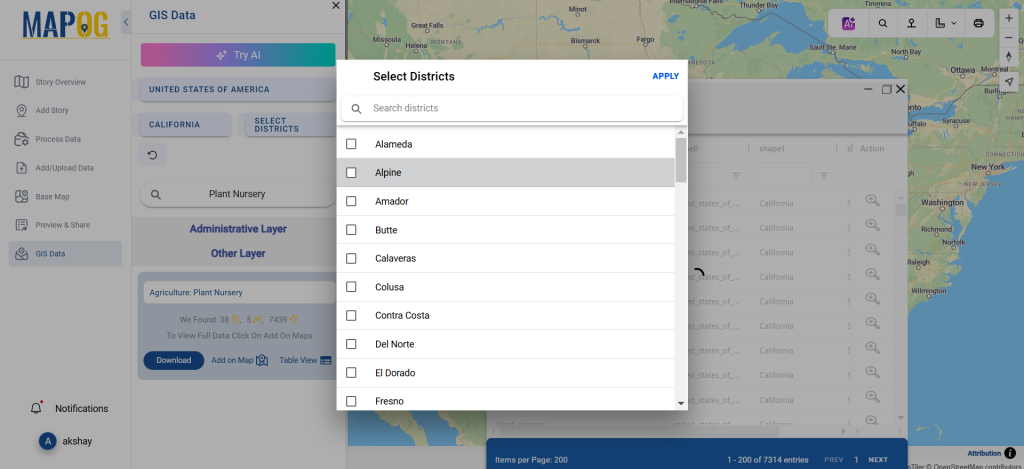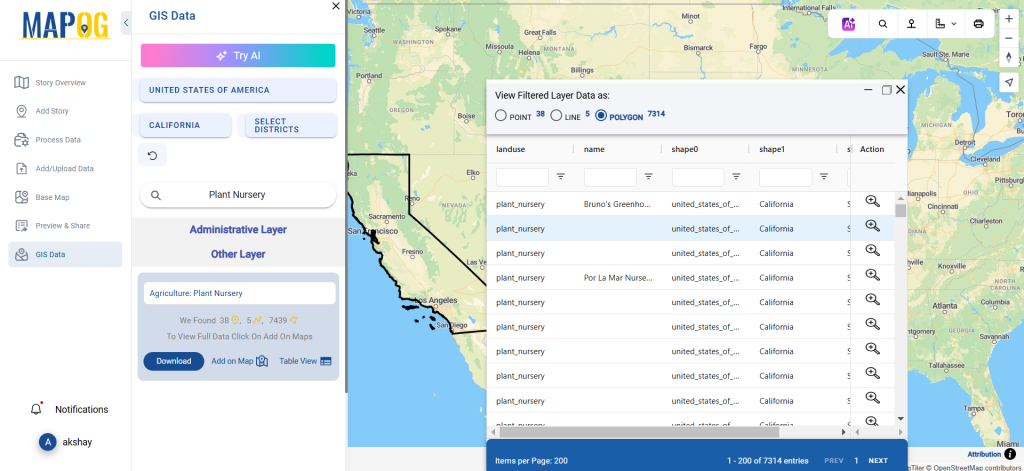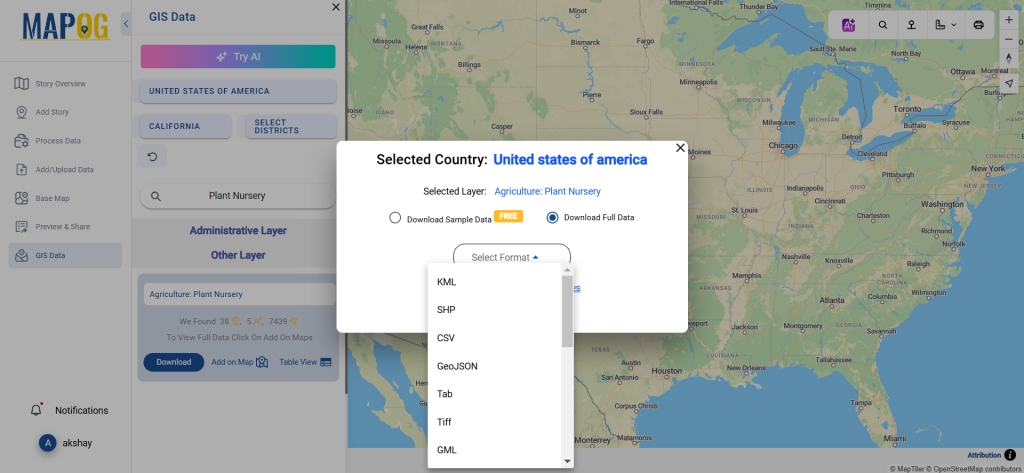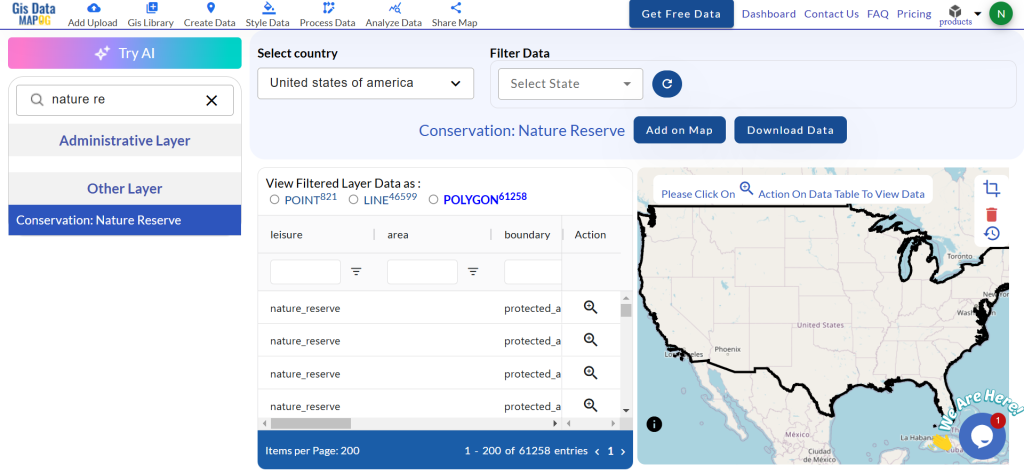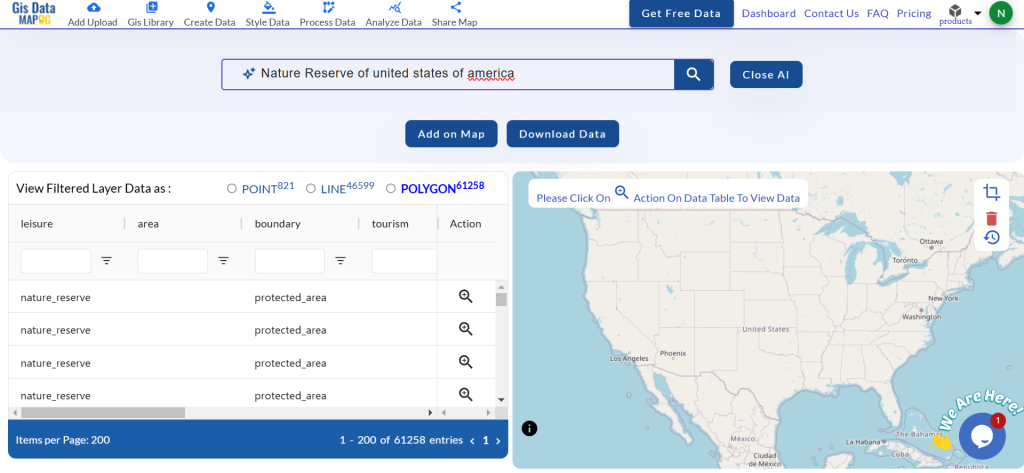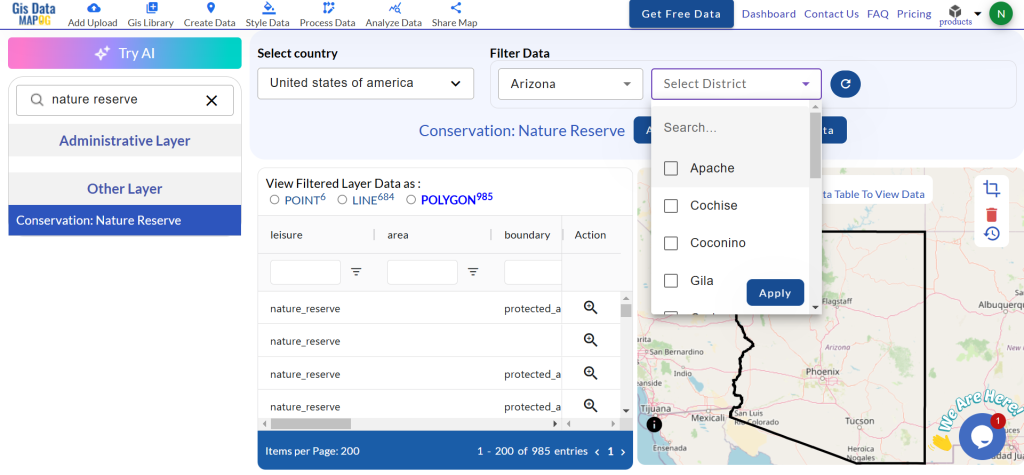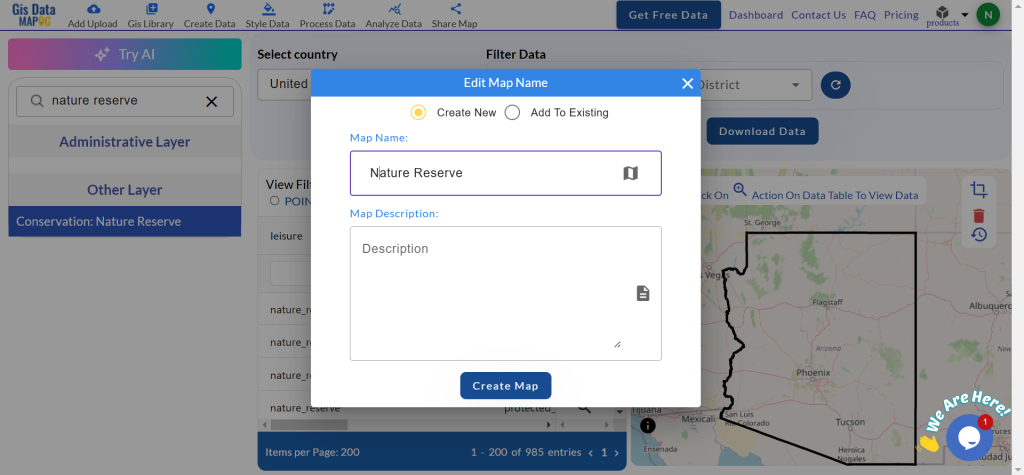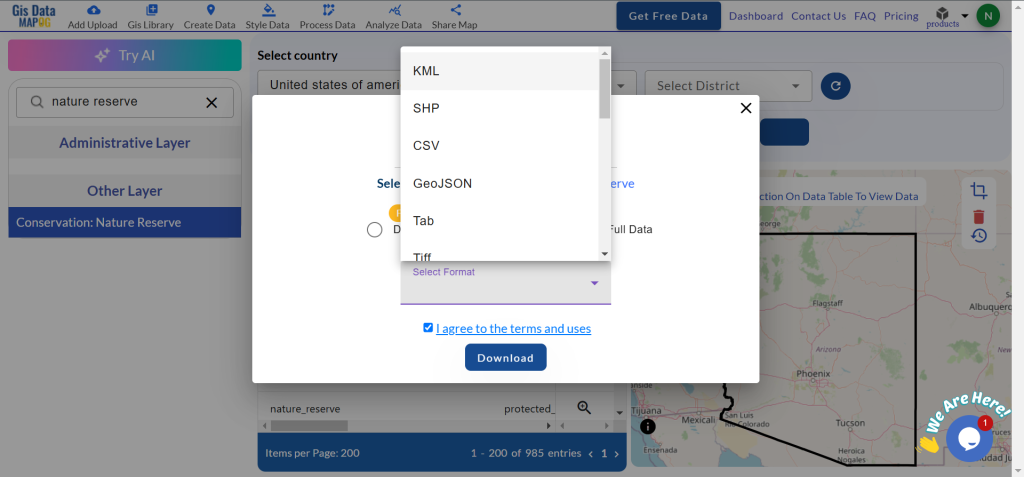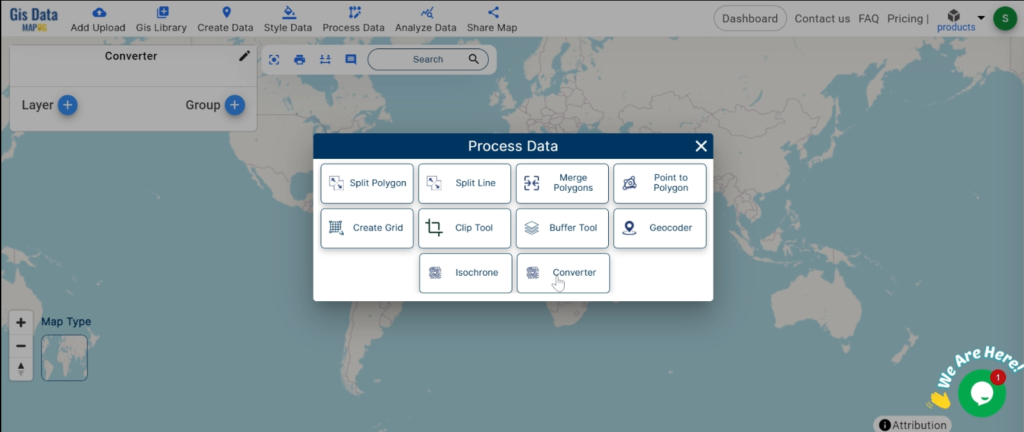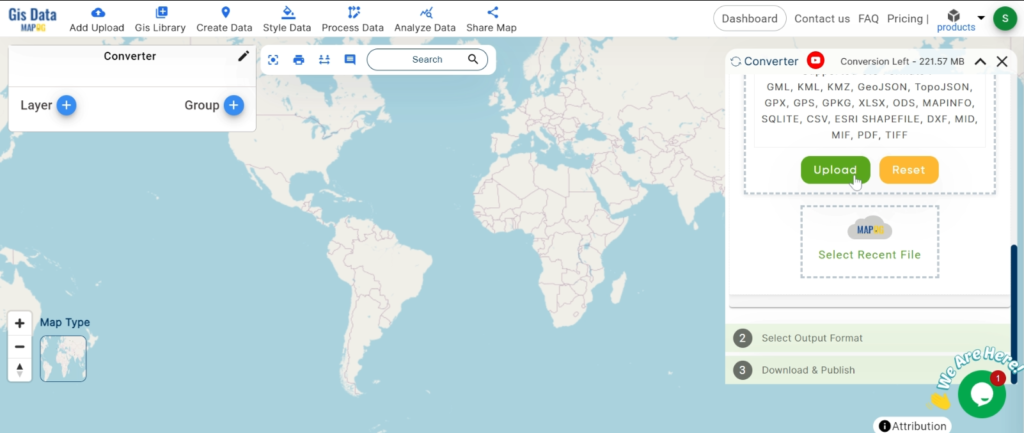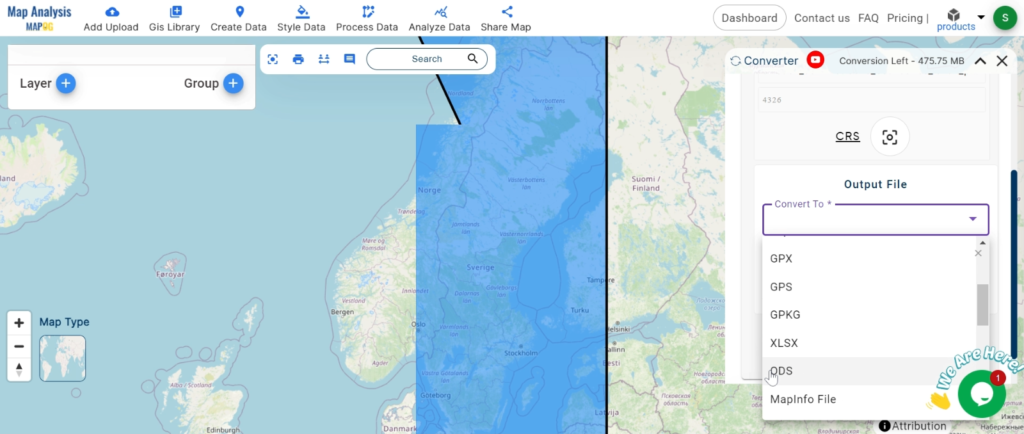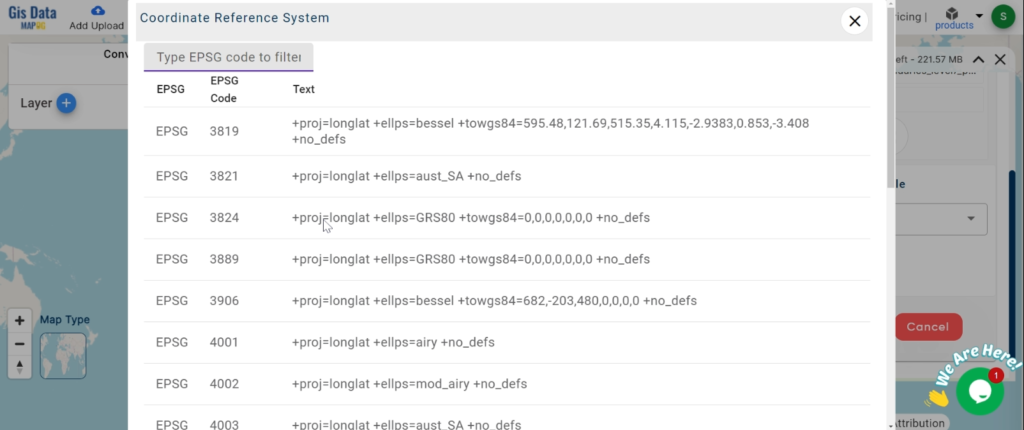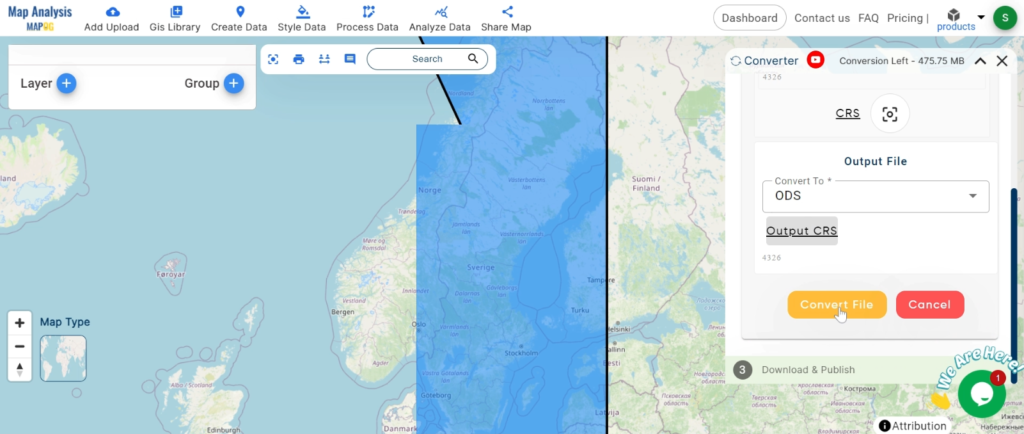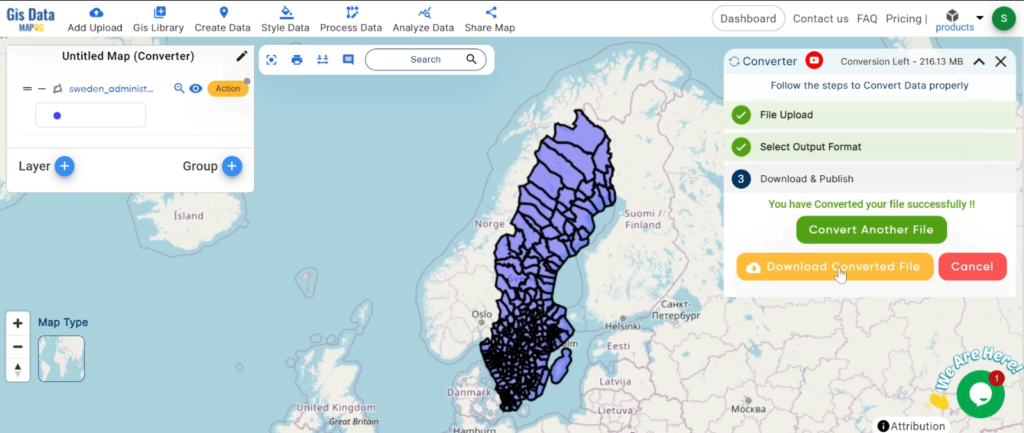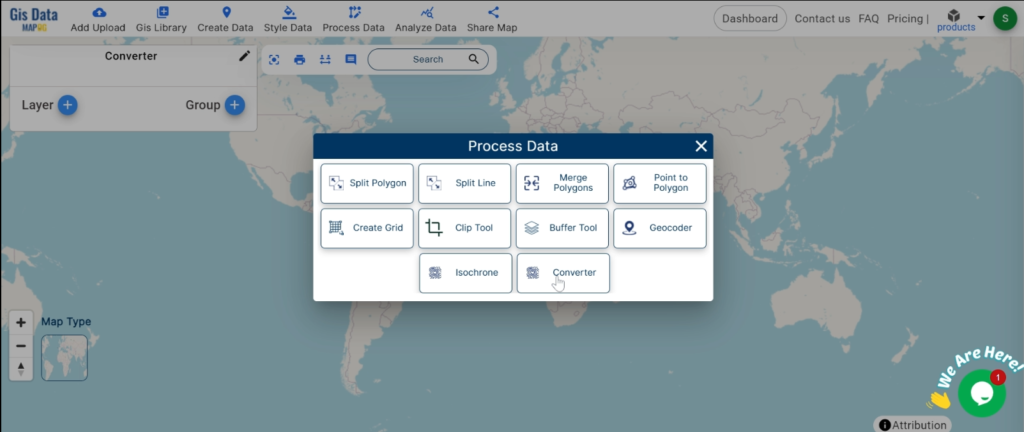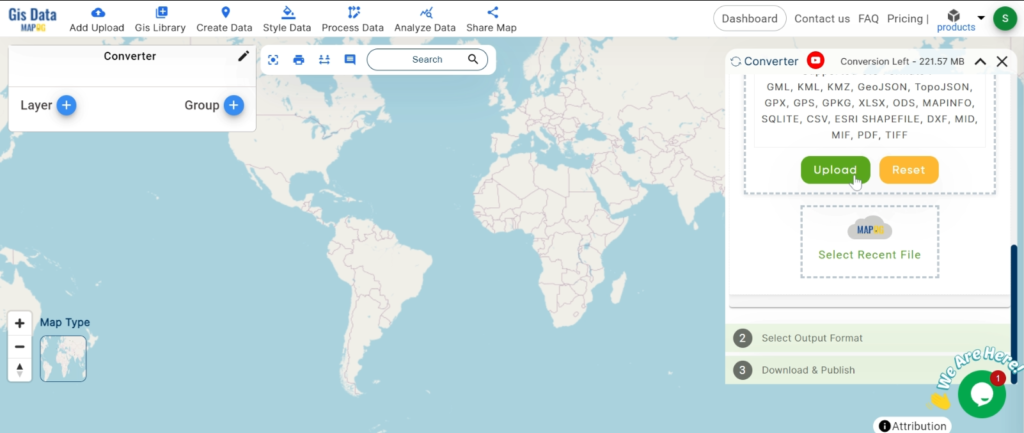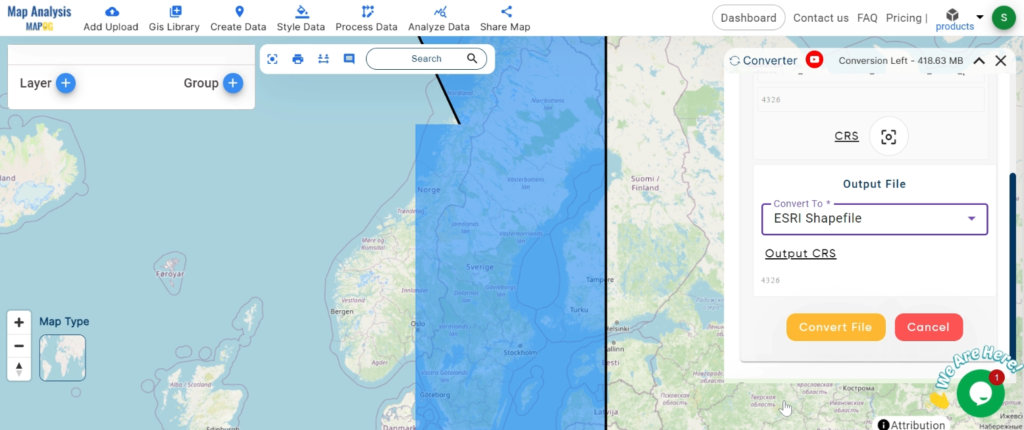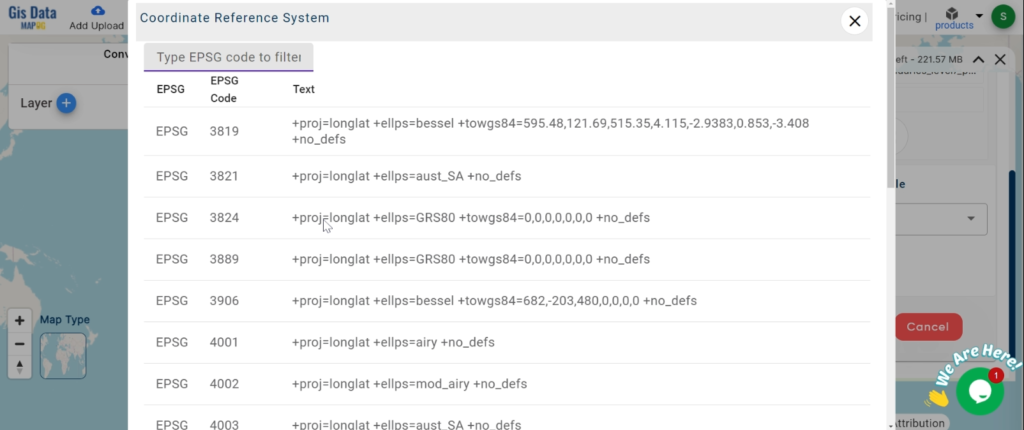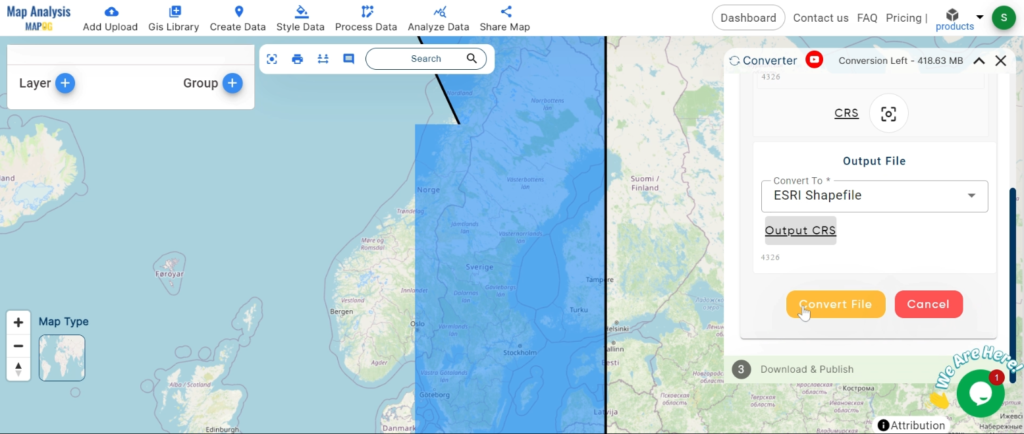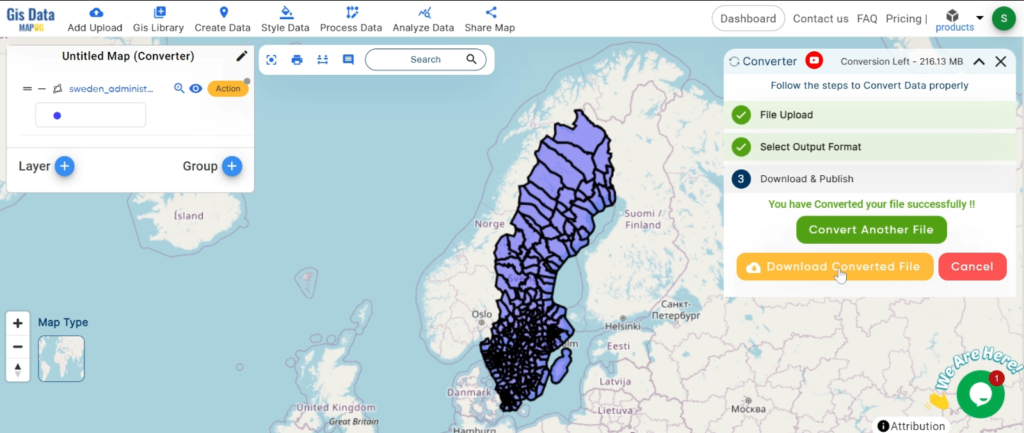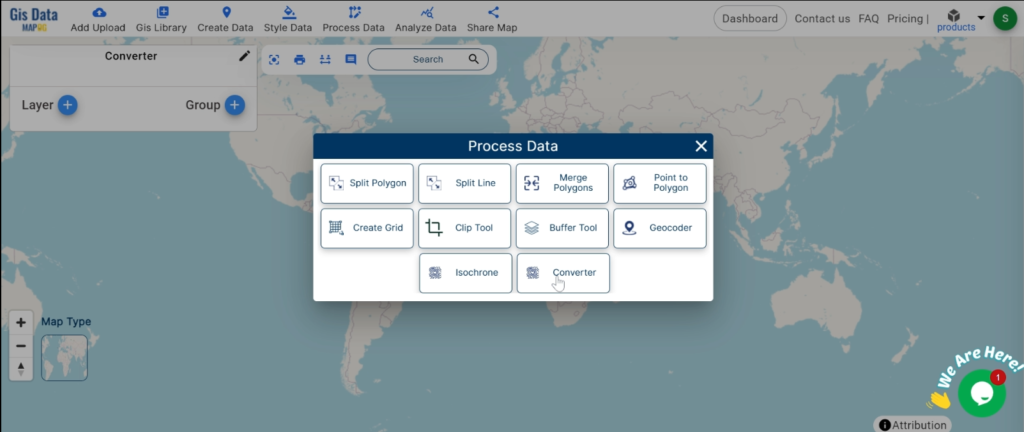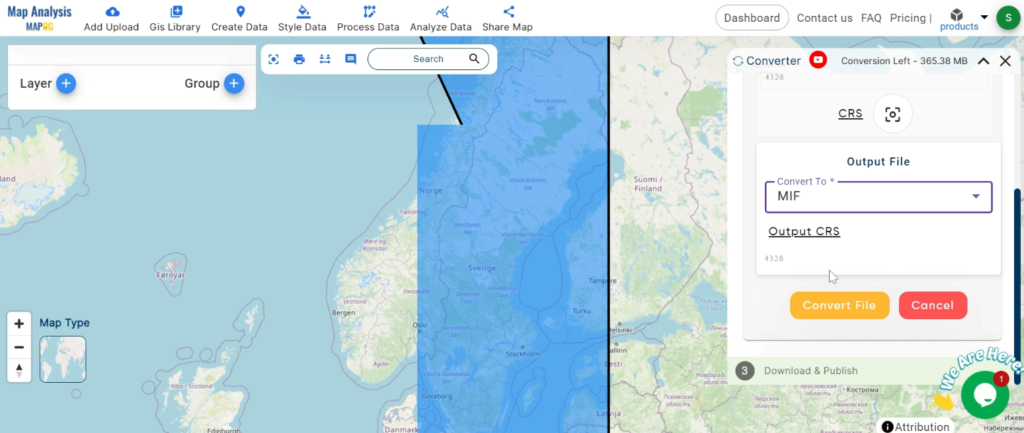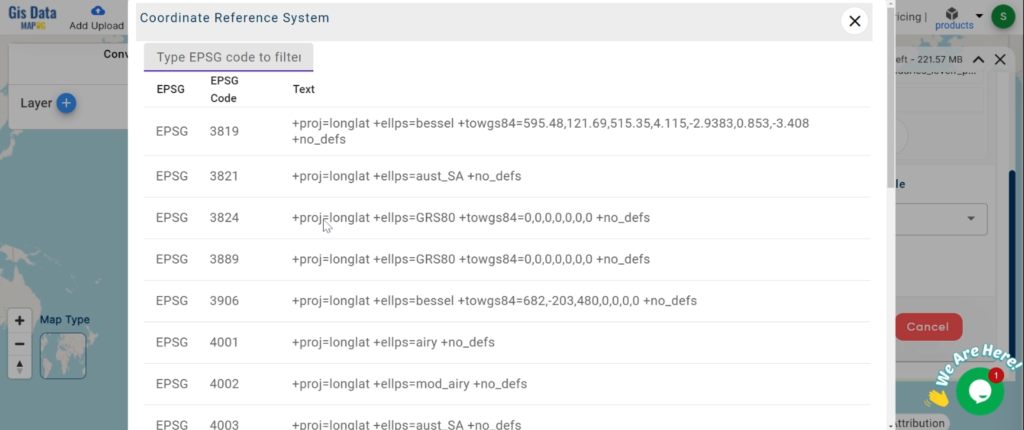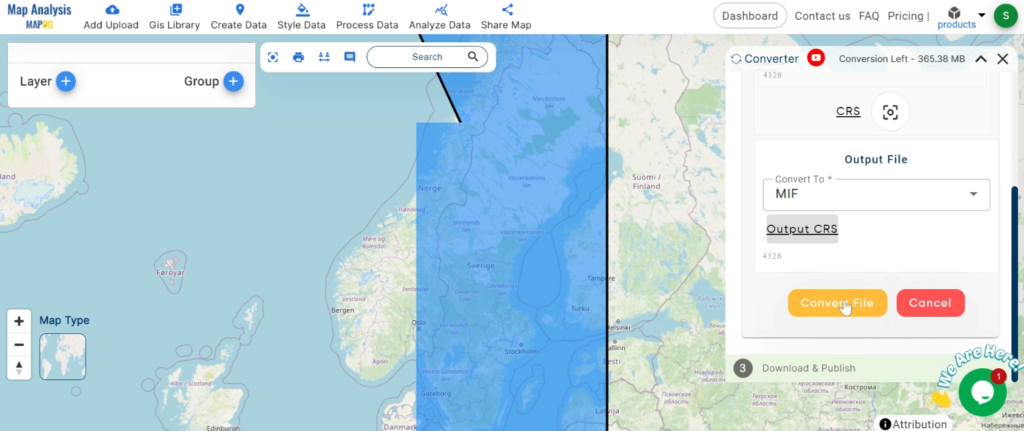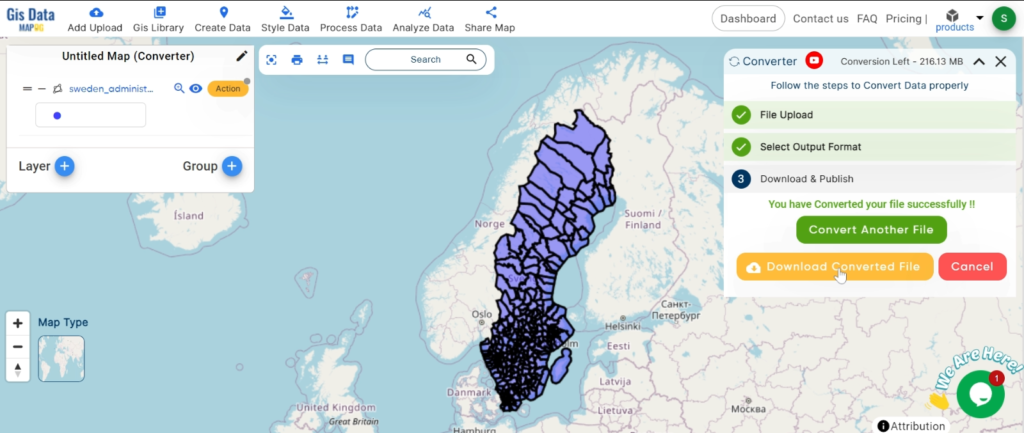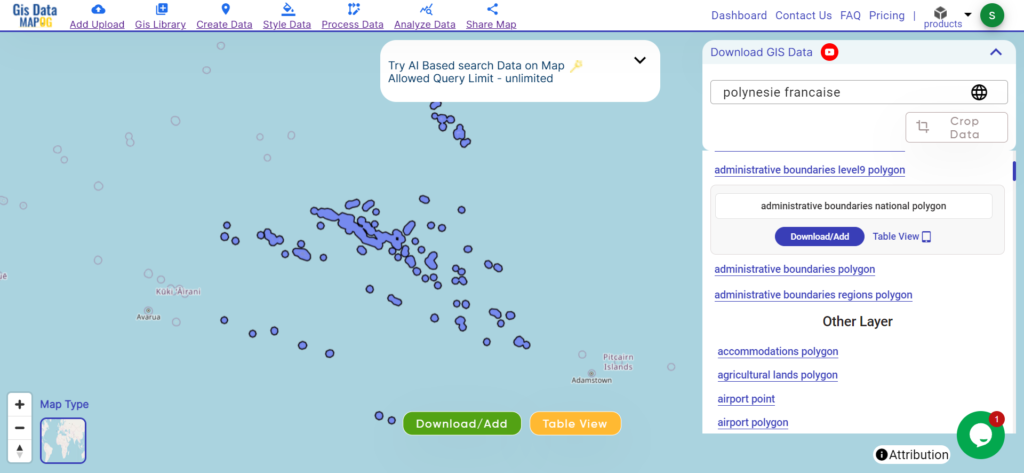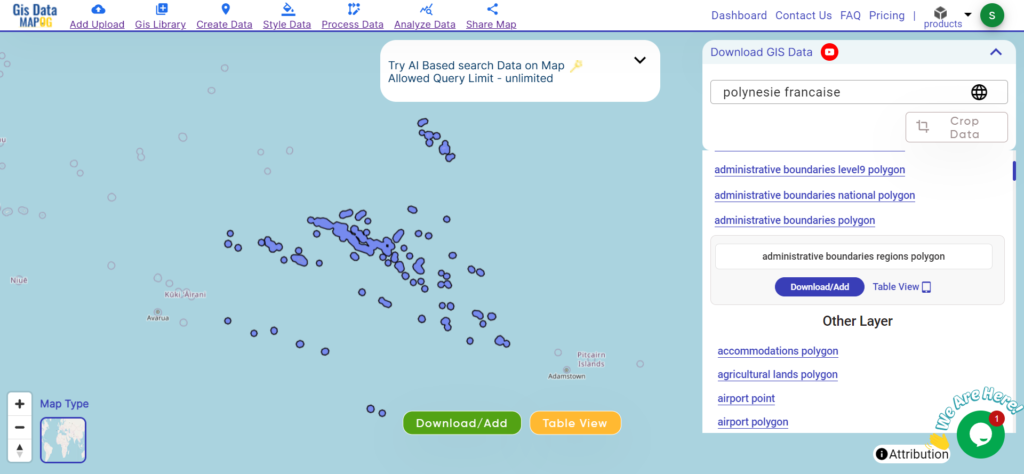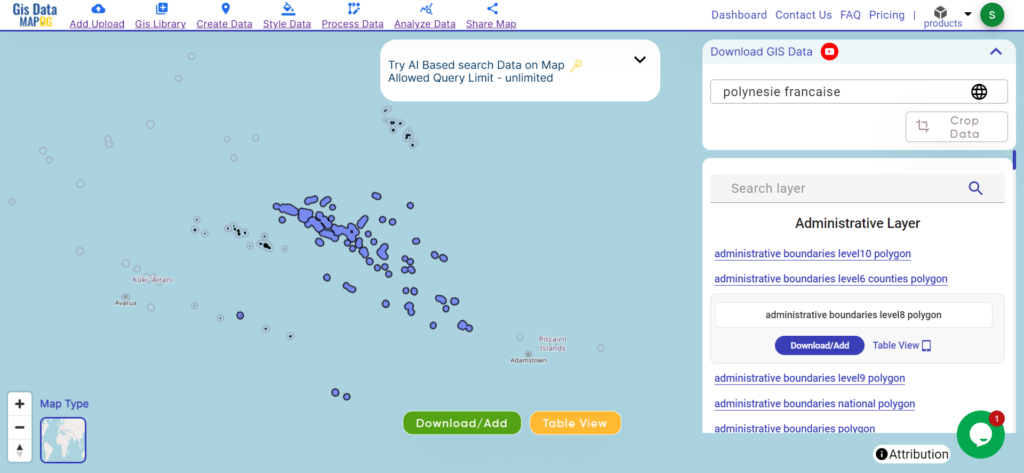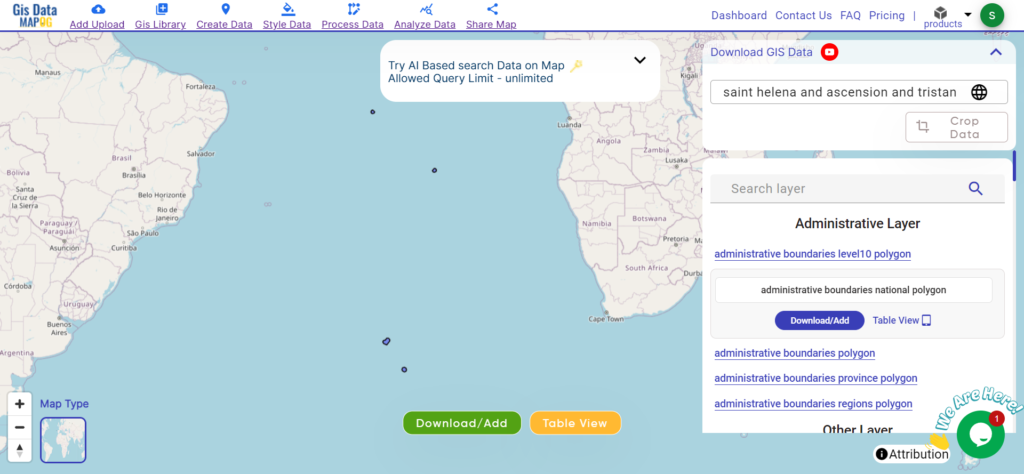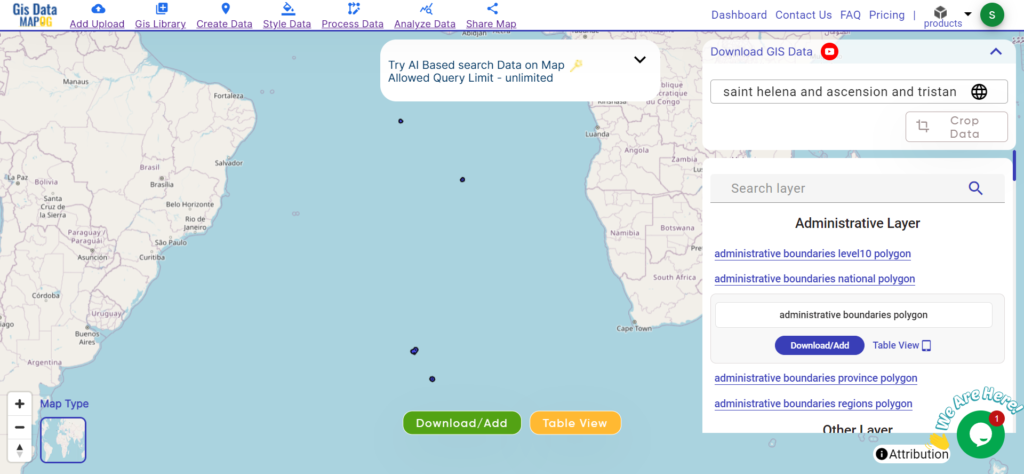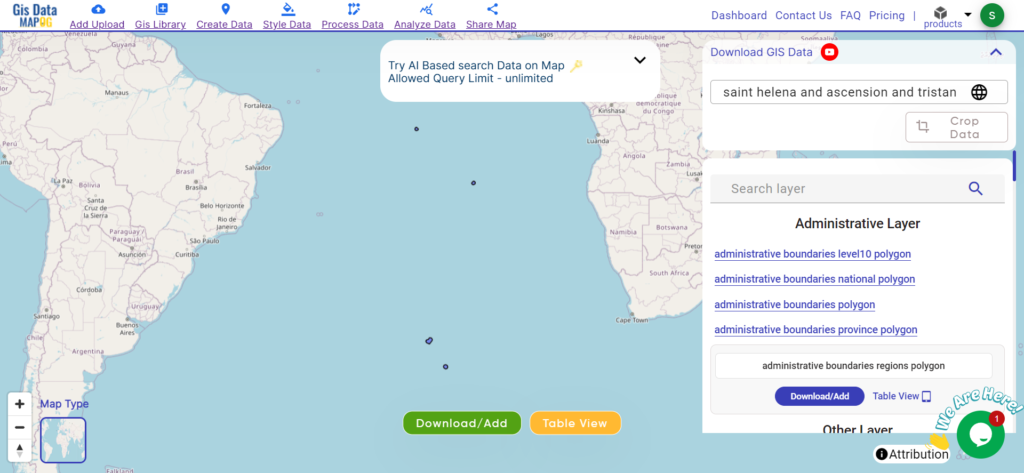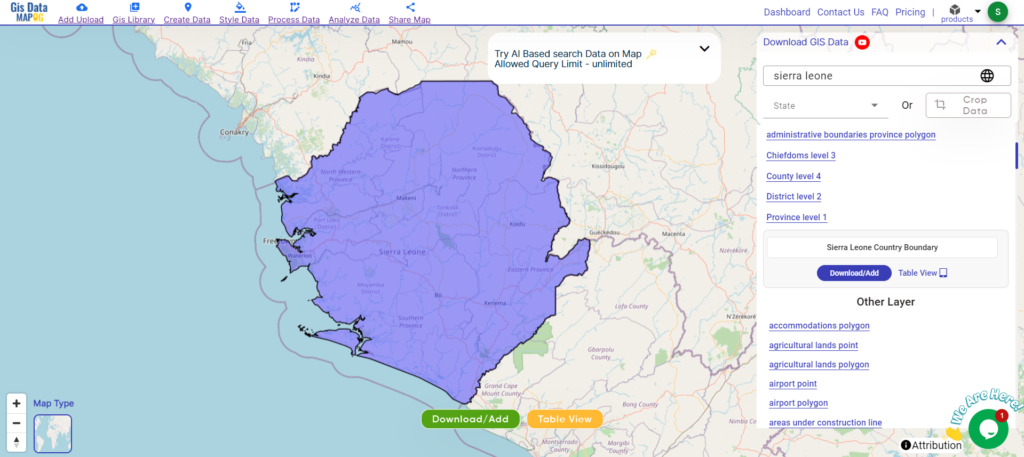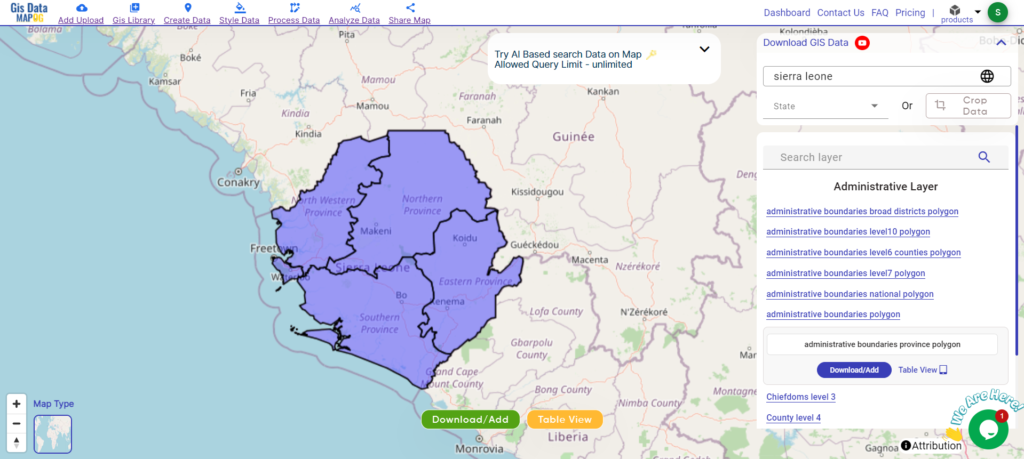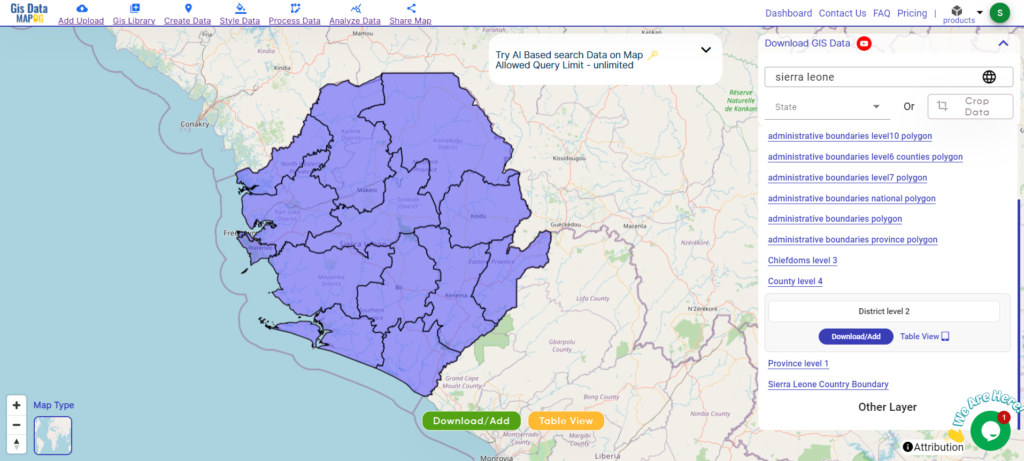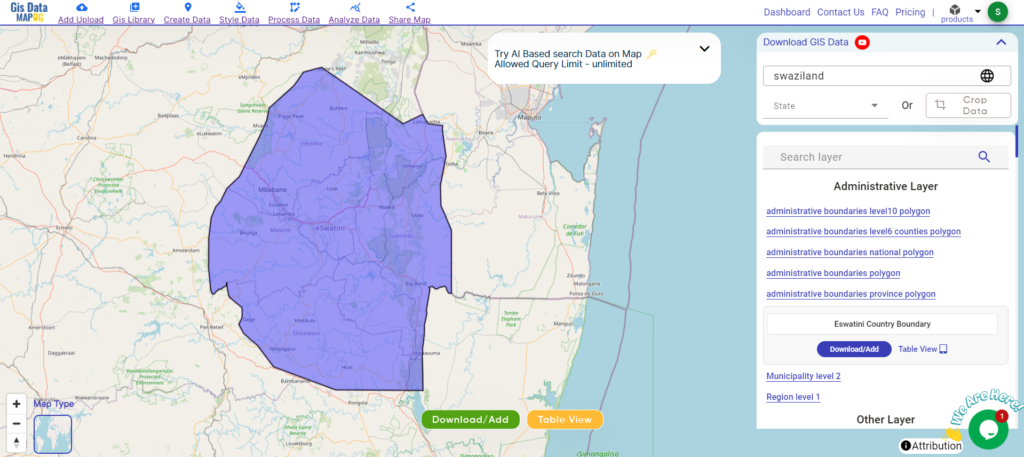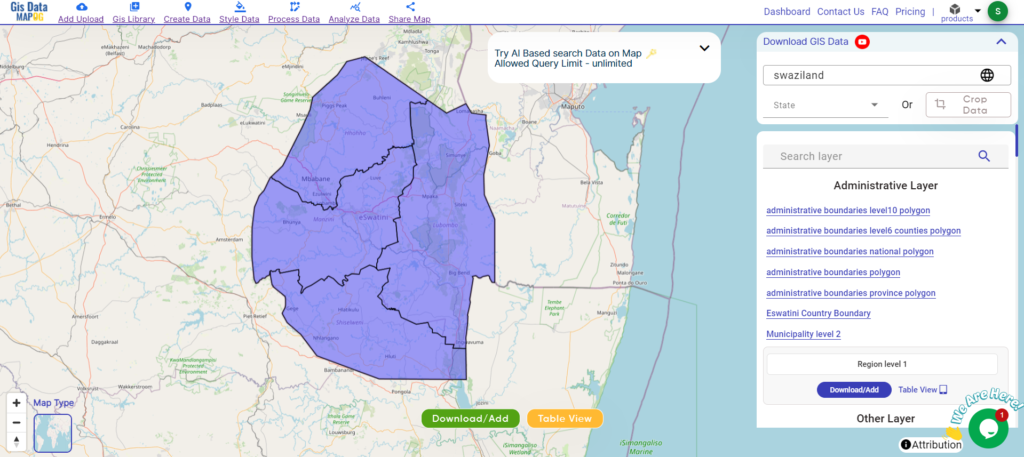GIS Data by MAPOG is a user-friendly platform for accessing various GIS data formats, including Shapefile, KML, GeoJSON, and more. It offers seamless tools to download organic farms data for detailed mapping and analysis. Whether for agricultural planning, environmental research, or resource management, users can efficiently download organic farms data in multiple formats for use in GIS applications.
Why Organic Farms Data?
Organic farms data highlights areas dedicated to sustainable and eco-friendly agriculture. These datasets are vital for understanding organic farming practices, land distribution, and environmental impact. With GIS Data by MAPOG, this information becomes easily accessible.
Download Organic Farms data of any countries
Note:
- All data is provided in GCS datum EPSG:4326 WGS84 CRS (Coordinate Reference System).
- Users need to log in to access and download their preferred data formats.
Step-by-Step Guide to Access Organic Farms Data
Step 1: Locate Organic Farms Data
Log in to GIS Data by MAPOG and navigate to the GIS Data interface. Search for “Organic Farms Data” in the desired country or region. You can preview the attributes and choose between point or polygon data formats.
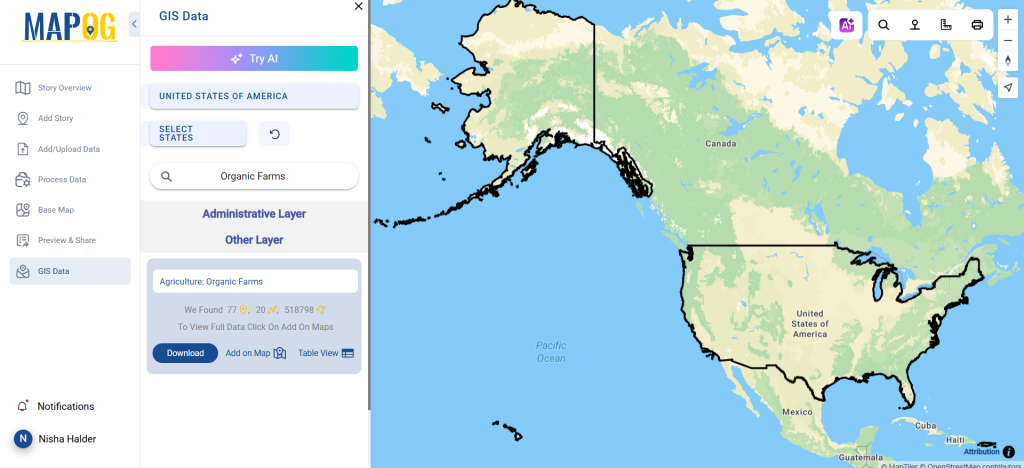
Step 2: Simplify with the AI Tool
Use the “Try AI” feature to make your search faster. Simply enter what you need, like “Organic farms data in [region],” and let the AI find the relevant datasets.
Step 3: Refine Your Search
Apply the filter option to narrow down results by states or districts. This step ensures precision, allowing users to focus on specific locations or smaller areas for detailed analysis.
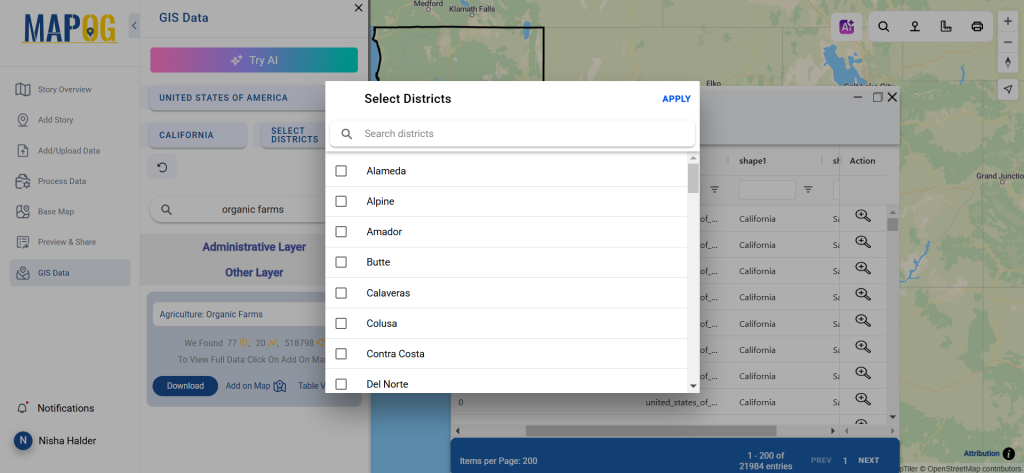
Step 4: Visualize with Add on Map
Add the selected organic farms data to a map for better visualization. You can overlay it onto a new or existing map to identify patterns, relationships, or spatial trends.
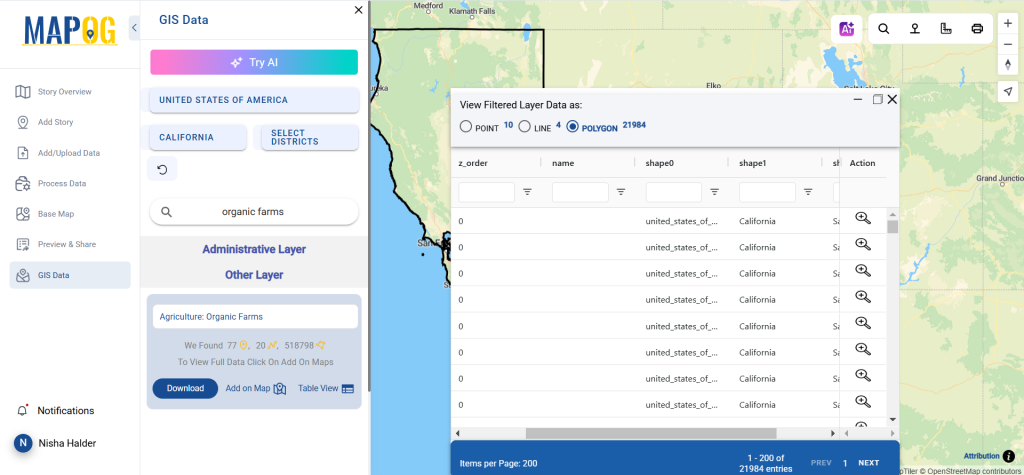
Step 5: Download Your Data
Click the “Download Data” button. Choose between a sample dataset or the full dataset. Select your preferred format—Shapefile, KML, MID, or any of the 15+ available options. Agree to the terms and conditions, then initiate the download.
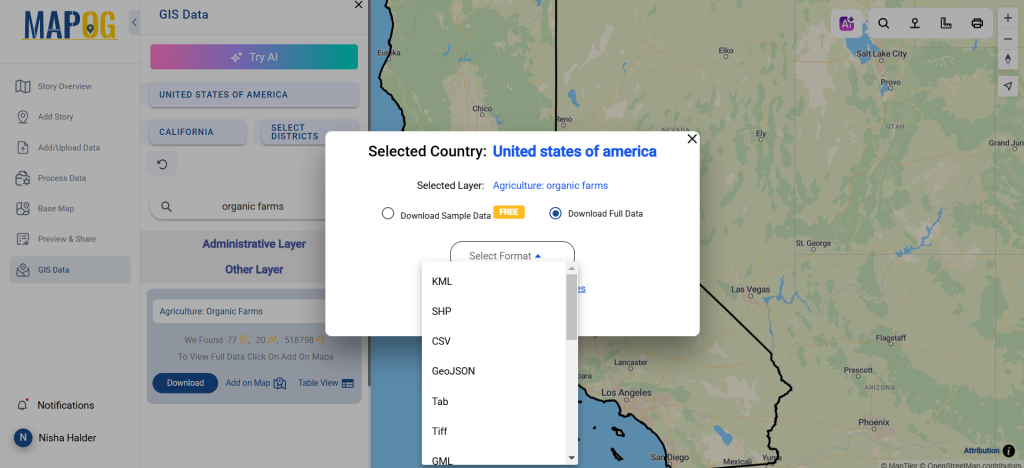
Conclusion
GIS Data by MAPOG makes it simple to download organic farms data for GIS projects. Its user-friendly tools, advanced AI assistance, and versatile data formats ensure smooth access to accurate information. From planning sustainable agriculture to analyzing farming trends, this platform is an essential resource for researchers, planners, and GIS enthusiasts.
With MAPOG’s versatile toolkit, you can effortlessly upload vector and upload Excel or CSV data, incorporate existing layers, perform polyline splitting, use the converter for various formats, calculate isochrones, and utilize the Export Tool.
For any questions or further assistance, feel free to reach out to us at support@mapog.com. We’re here to help you make the most of your GIS data.
Download Shapefile for the following:
- World Countries Shapefile
- Australia
- Argentina
- Austria
- Belgium
- Brazil
- Canada
- Denmark
- Fiji
- Finland
- Germany
- Greece
- India
- Indonesia
- Ireland
- Italy
- Japan
- Kenya
- Lebanon
- Madagascar
- Malaysia
- Mexico
- Mongolia
- Netherlands
- New Zealand
- Nigeria
- Papua New Guinea
- Philippines
- Poland
- Russia
- Singapore
- South Africa
- South Korea
- Spain
- Switzerland
- Tunisia
- United Kingdom Shapefile
- United States of America
- Vietnam
- Croatia
- Chile
- Norway
- Maldives
- Bhutan
- Colombia
- Libya
- Comoros
- Hungary
- Laos
- Estonia
- Iraq
- Portugal
- Azerbaijan
- Macedonia
- Romania
- Peru
- Marshall Islands
- Slovenia
- Nauru
- Guatemala
- El Salvador
- Afghanistan
- Cyprus
- Syria
- Slovakia
- Luxembourg
- Jordan
- Armenia
- Haiti And Dominican Republic
- Malta
- Djibouti
- East Timor
- Micronesia
- Morocco
- Liberia
- Kosovo
- Isle Of Man
- Paraguay
- Tokelau
- Palau
- Ile De Clipperton
- Mauritius
- Equatorial Guinea
- Tonga
- Myanmar
- Thailand
- New Caledonia
- Niger
- Nicaragua
- Pakistan
- Nepal
- Seychelles
- Democratic Republic of the Congo
- China
- Kenya
- Kyrgyzstan
- Bosnia Herzegovina
- Burkina Faso
- Canary Island
- Togo
- Israel And Palestine
- Algeria
- Suriname
- Angola
- Cape Verde
- Liechtenstein
- Taiwan
- Turkmenistan
- Tuvalu
- Ivory Coast
- Moldova
- Somalia
- Belize
- Swaziland
- Solomon Islands
- North Korea
- Sao Tome And Principe
- Guyana
- Serbia
- Senegal And Gambia
- Faroe Islands
- Guernsey Jersey
- Monaco
- Tajikistan
- Pitcairn
Disclaimer : The GIS data provided for download in this article was initially sourced from OpenStreetMap (OSM) and further modified to enhance its usability. Please note that the original data is licensed under the Open Database License (ODbL) by the OpenStreetMap contributors. While modifications have been made to improve the data, any use, redistribution, or modification of this data must comply with the ODbL license terms. For more information on the ODbL, please visit OpenStreetMap’s License Page.
Here are some blogs you might be interested in:
- Download Airport data in Shapefile, KML , MIf +15 GIS format – Filter and download
- Download Bank Data in Shapefile, KML, GeoJSON, and More – Filter and Download
- Download Railway data in Shapefile, KML, GeojSON +15 GIS format
- Download Farmland Data in Shapefile, KML, GeoJSON, and More – Filter and Download
- Download Pharmacy Data in Shapefile, KML, GeoJSON, and More – Filter and Download
- Download ATM Data in Shapefile, KML, MID +15 GIS Formats Using GIS Data by MAPOG
- Download Road Data in Shapefile, KML, GeoJSON, and 15+ GIS Formats
